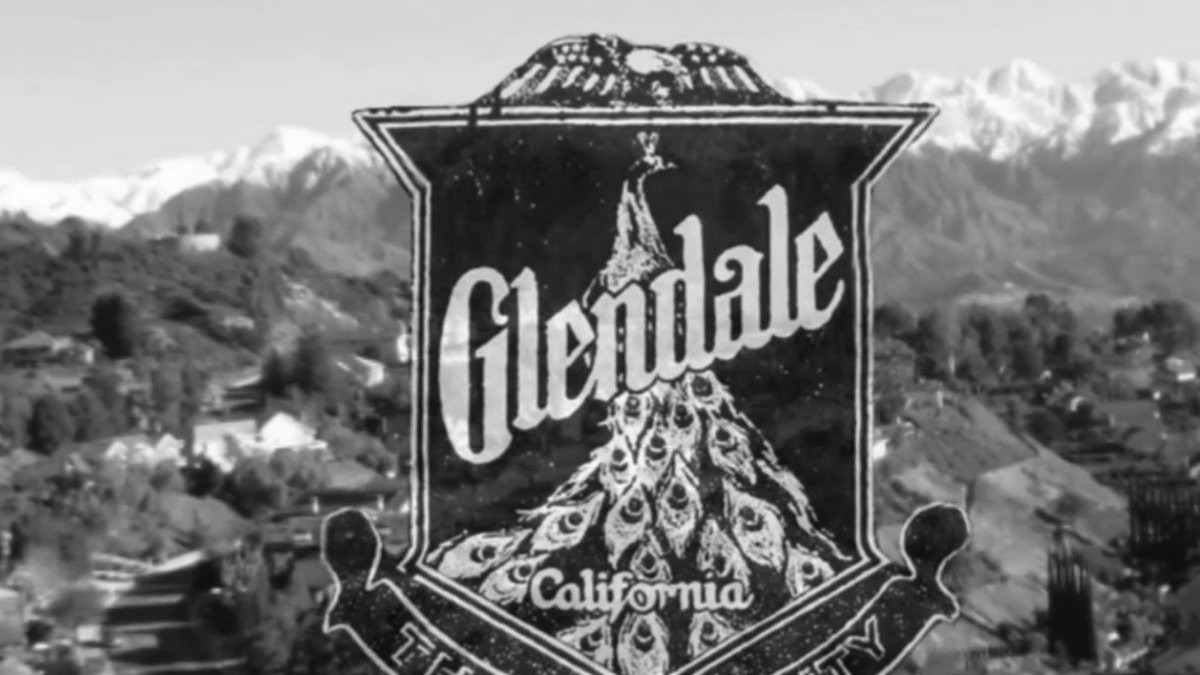
Sundown Town
History and Resolution
Historical documents, public accounts and newspaper articles demonstrate that Glendale was a sundown town for a majority of the 20th century, in which Black workers were asked to leave the City by sundown or face violence by police or community members, were excluded from residing or purchasing property in Glendale through discriminatory language in property deeds and covenants, and were made to feel unsafe due to the presence of the Ku Klux Klan and the American Nazi Party who maintained active chapters and headquarters in Glendale.
As historian James Loewen explains:
Sundown towns are communities that for decades—formally or informally—kept out African Americans or other groups. They are so named because some marked their city limits with placards like the one a former resident of Manitowoc, Wisconsin, remembers from the early 1960s: “N*****, Don’t Let The Sun Go Down On You In Our Town.” The term itself was rarely used east of Ohio, but intentionally white communities were common in the East, indeed throughout the nation—except in the traditional South, where they were rare.
Independent sundown towns range in size from hamlets like Alix, Arkansas, population 185, to large cities like Appleton, Wisconsin, with 57,000 residents in 1970. Sometimes entire counties went sundown, usually when their county seats did. “Sundown suburbs” could be even larger, such as Glendale, a suburb of Los Angeles; Levittown, on Long Island; and Warren, a Detroit suburb.
Glendale’s sundown town status for most of the 20th century, coupled with broader racist policies under segregation, meant that very few people of color lived in the city. Forest Lawn cemetery would not bury non-whites. Race-restrictive covenants throughout Los Angeles County meant that non-white residents could only buy homes in limited parts of Glendale, if they were allowed to purchase property at all. Letters to the editor throughout the 20th century in Glendale are openly hostile to any presence of Black, Filipino, or non-white residents or workers.
The legacy of this overt and covert racism in Glendale persists to this day, but our Coalition is working to identify and repair the harm.
2020 Sundown Town Resolution
Following the murder of George Floyd, the Coalition for an Anti-Racist Glendale drafted a Sundown Town Resolution that put on record the history of Glendale’s formal policies and culturally enshrined practices of racism and anti-Blackness. Sundown Town Resolutions have three key elements: a city must acknowledge its past, apologize for the harm done, and atone for the effects of this harm. The resolution is a tool for advocacy, holding cities accountable for the impact of their histories of racism and providing an opening for advocates to present innovative solutions to address these harms.
As research was presented to City staff, they commissioned their own historical report which additionally outlined the City’s extensive history of redlining. On September 15th 2020, the City report and the Coalition’s Resolution were presented at City Council and the historic Sundown Town resolution was unanimously passed as the first resolution of its kind in the State of California and the third in the Nation. This passage has inspired and ignited social action from neighboring former Sundown Towns. In December 2020, Burbank, CA unanimously passed its own Sundown Town Resolution. Community advocates in former and neighboring Sundown Town, La Cañada Flintridge are now working to pass their own resolution.